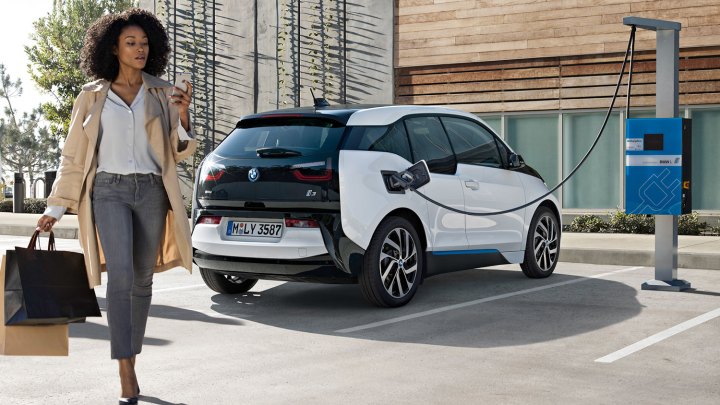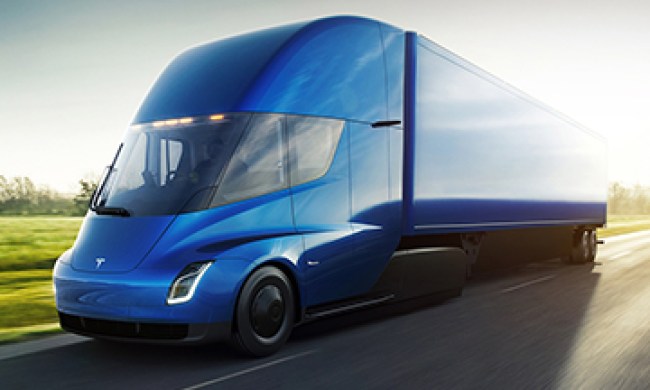
Carmakers that don’t hit the mandated level would pay fines to the state or make payments to competitors. “If we create more competition in the market, that automatically will trigger a more affordable vehicle,” said Burke.
California’s current law calls for vehicle manufacturers to gradually increase cleaner technology. Automakers have annual targets and get credits for hitting them. Those who do not reach the targets currently have to buy credits from other companies that have a credit surplus. Credit sales represent a major revenue source for Tesla which only builds electric vehicles. As you might expect, some companies and others see the program as overly favorable to Tesla.
Governor Brown signed an executive order in 2012 that required 1.5 million zero-emissions vehicles (ZEV) by 2025. So far, 192,000 ZEVs have sold in the state since 2010, according to the California Air Resources Board (CARB). But that’s not fast enough in the governor’s view.
Gareth Lacy, a spokesperson for the governor who confirmed Brown’s support of Burke’s proposal, also said in an email that it “will lead to more zero emissions vehicles and more Californians able to purchase them — and that’s a smart investment in cleaner air.”
Kish Rajan, a former Brown appointee and a spokesman for technology industry group CalInnovates said “The current credit program just does not appear to be working. At least it’s not working fast enough to get toward the goals that the governor has laid out and that CARB is seeking to enforce.”
Burke said that a stronger ZEV mandate was less likely to meet resistance than comprehensive climate change proposals because the effect of the program would be lower-priced electric vehicles available to more of the state’s residents.



